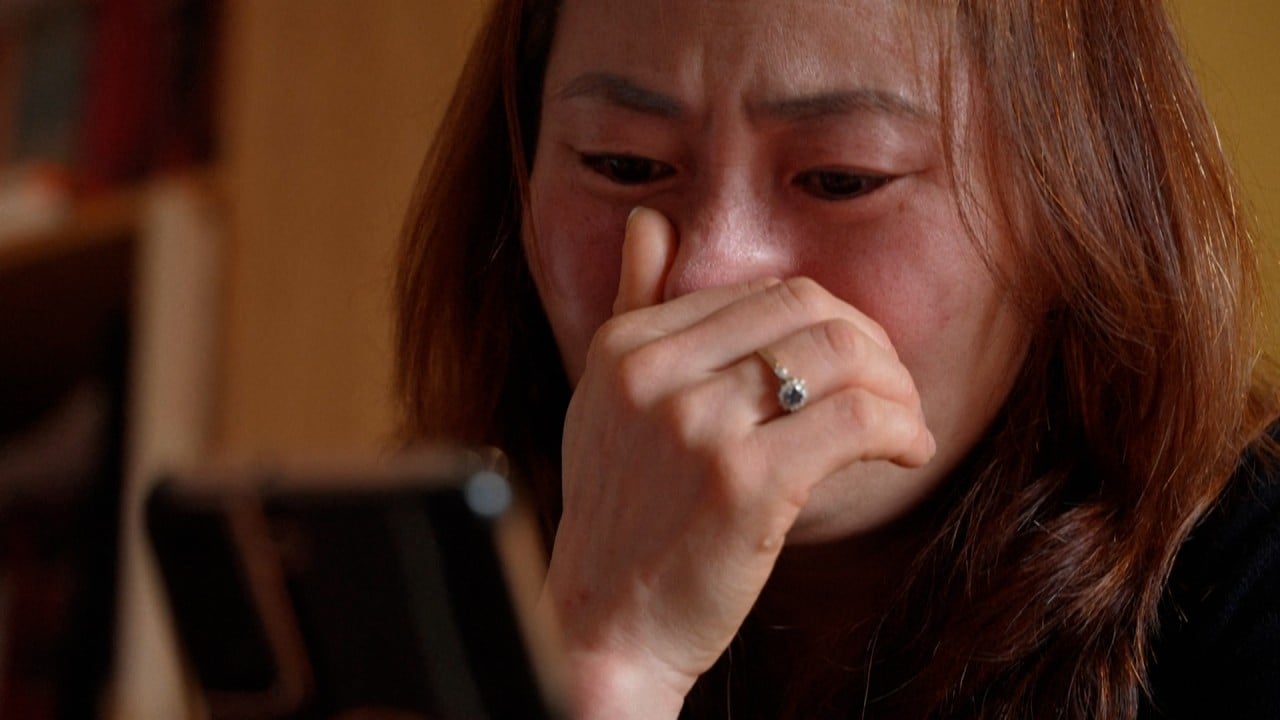North Korea is devoting significant resources and effort to developing surveillance technology and algorithms, but is “overly reliant on imported Chinese technology” for equipment such as cell phones and surveillance cameras, Williams said. He told reporters at a press conference in Seoul on Monday.
According to the Korea Trade and Investment Promotion Agency in Seoul, the trade value between China and North Korea in 2022 increased by 125% from the previous year to $1.03 billion.
Photos taken along the China-North Korea border posted on Chinese social media showed closed-circuit television cameras installed at North Korean observation posts. The device was installed during the coronavirus pandemic lockdown as North Korea was building a second layer of security fencing to prevent the spread of the virus.
Williams said the device helped deter illegal border crossings and monitor guards who turn a blind eye and let people cross the border in exchange for bribes.
“This explains why the northern border is tightly closed,” he said, adding that security agencies were being monitored.

Last summer, North Korea banned tourists from entering the country, expelled diplomats and restricted border traffic under its zero-corona policy, before allowing its citizens abroad to return home in line with the easing of global pandemic control measures. Trade was drastically reduced.
Human Rights Watch published a report in March called “North Korea: China border closure worsens crisis,'' stating that the blockade has worsened the already dire humanitarian and human rights situation in the country of 26 million people. said.
In addition to surveillance cameras, North Korea is developing a digital facial recognition system that tells the country “who is in a certain place at a certain time,” Williams said.
It's also working on Internet Protocol TV, which could tell governments whether someone is home based on TV activity and provide data about programs watched or ignored.
“We will be able to find out who decided to change the channel when Kim Jong-un appeared without watching Kim Jong-un's speech last night,” authorities said, showing a dangerous loyalty to the leader of the Stalinist state. '' he said.
In a report published last month titled “Digital Surveillance in North Korea: The Transition to a Digital Panopticom State,” Williams and Natalia Slavny of the U.S.-based Stimson Center found that North Korea “We are building surveillance capabilities that span many aspects of public and private life.” ”.
North Korea imported most of its mobile phones (its economic lifeline) from China until 2013, when Pyongyang released Arirang, the country's first domestically produced smartphone.
There are an estimated 7 million mobile phone users in the country. Daily NK reported last year that the Kim regime also purchased cheap second-hand Huawei communications equipment to upgrade the existing 3G network to the 4G category.
Digital transformation in North Korea could offer more opportunities for its citizens, but it also “increases the risks associated with its growing digital footprint and the North Korean state's ability to expand surveillance of its people's lives,” Williams said. and Slavny said in their report.
North Koreans are already among the most heavily controlled and monitored populations in the world, but the state still doesn't know everything.
A narrow space exists that allows North Koreans to engage in illegal business activities, use foreign media, and personally criticize the government, and if caught, people are willing to pay bribes to avoid serious punishment. often provided.
The people of North Korea, which ranks 172nd out of 180 countries on the Corruption Perceptions Index, “cannot live their lives in this country without being bribed to get their way,” the United Nations said in a 2019 report. He said that North Korea rejected it. as “politically motivated.”
“The continued adoption of digital technology threatens to erase many of these spaces. “All but the most limited freedoms of citizens could disappear,” said the report, published on the website 38North. Stimson Center.
According to the study's main findings, research in biometric technology has been conducted for decades and has evolved from fingerprint recognition in the late 1990s to include more advanced mechanisms such as facial and license plate recognition.
The latest version of North Korea's national identification (ID) card comes in smart card format. The updated document requires citizens to submit fingerprints, take a photo and, according to some reports, take a blood test.
Almost all North Koreans surveyed in the report said the state had collected their fingerprint data.
Although it is unclear how biometric information is stored and accessed, the ID card process means the government has the data to build a biometric database of its entire population, the study found. Says.
However, the country's “abysmal” electricity supply situation will be a major hurdle in the rollout of digital surveillance technology, the report said.
North Korea still relied heavily on a “highly effective” human intelligence network built through decades of surveillance of its citizens, including some notorious figures. Hospital number It's a neighborhood watch system, Williams said.
This strategy, developed in the 1960s, centered on women participating in community activities such as cleaning, and members spanned multiple households and supervised each other.





